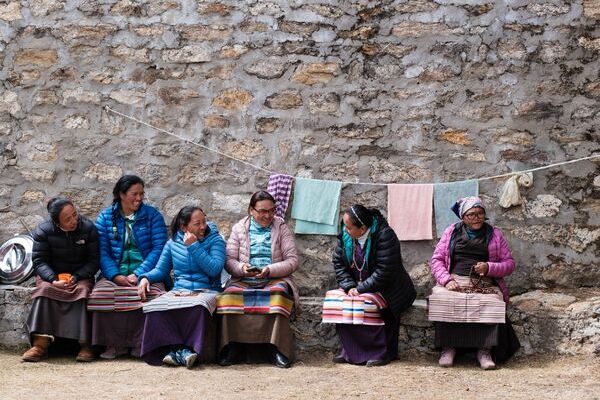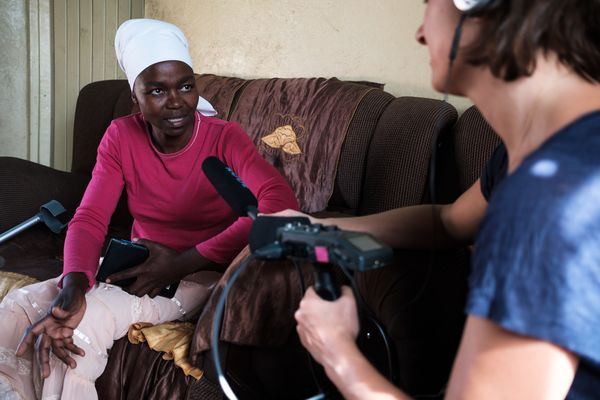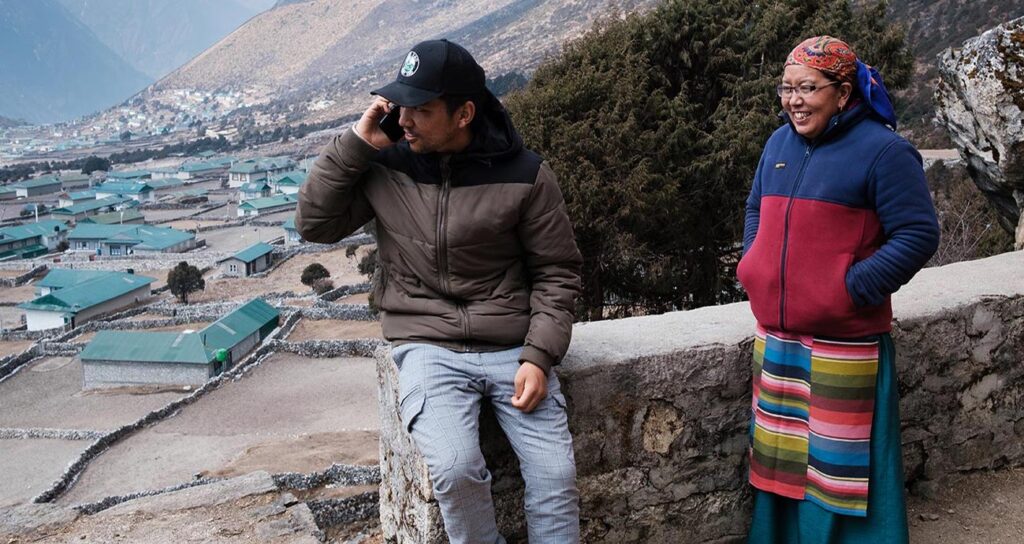Who is the community you are seeking to serve? Who are the individual leaders or organizations that can help champion your work?
The community is at the center of a community network. Who are you seeking to serve? Is it your town or city? Your region? A specific ethnic or linguistic group? Is there an existing organization or governance structure? Your first task is to clearly determine what exactly is the “community” for your network.
Key Points
- Communities comprise diverse groups of people with evolving needs and values over time.
- Gaining a sophisticated understanding of the full community through extensive participation is essential to understand their specific needs, challenges, and aspirations. This deep knowledge can reveal differences within a community as well.
- Champions at all levels are critical, trusted partners to move initiatives forward.
- Building trusted relationships requires ongoing, open, and transparent dialogue between all partners.
- Issues around discrimination, inclusion, and equality are highly sensitive and require thoughtful, ongoing discussion and mitigation to avoid replicating or deepening divides.
Take Action

Identify the community.
- Gather community geographic and demographic data, such as geographical map and demographic information, population by age, gender, socioeconomic information, Internet penetration, physical 3D models, graphic, and written documentation describing the community geographically, demographically, and in terms of the activities people undertake.

Identify potential champions.
- Create a list of individuals who are critical to involve
- Create a list of user groups: develop a list of the user groups and their user patterns. List of initial potential user groups, populations groups, number of schools, local businesses etc.

Develop and document the community vision and guiding principles for the community network.
- Record the community’s desired services: A visual, audio, or written description of the community’s desired services, function, and role of the community network according to different user groups and in order of priority.
Learn More
- Community Network Readiness Handbook sections on “The Community”
We want your feedback!
Did you find this toolkit useful, or have suggestions on how we can improve it?
Let us know and help communities connect to the Internet.
Image copyrights:
© Nyani Quarmyne, © Gustavo Castellanos Echazú, © Nyani Quarmyne, © Nyani Quarmyne
